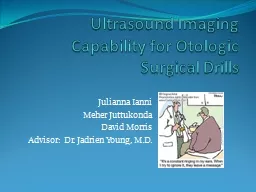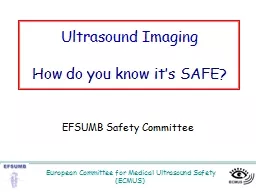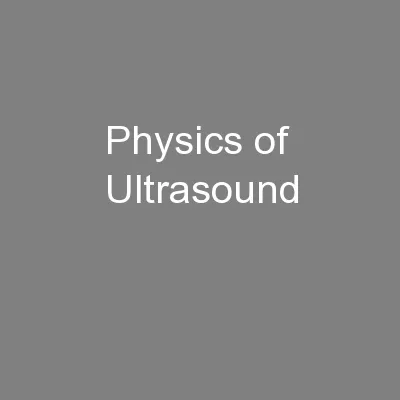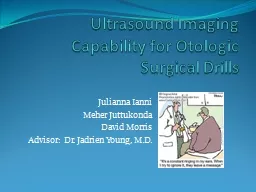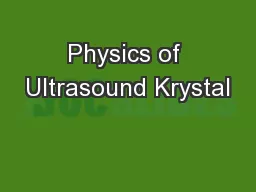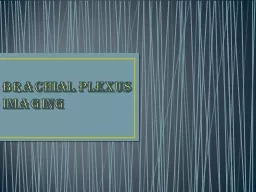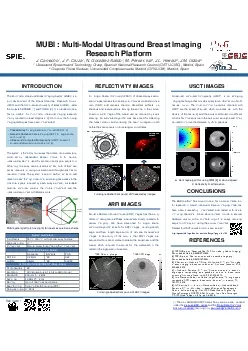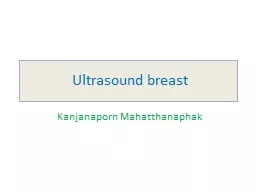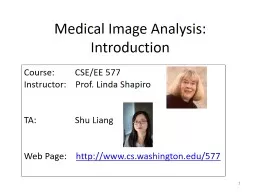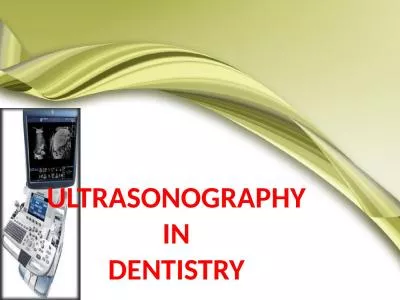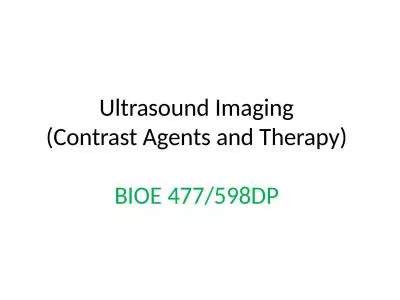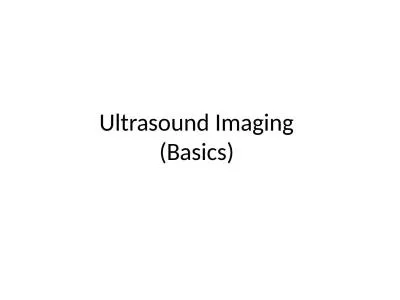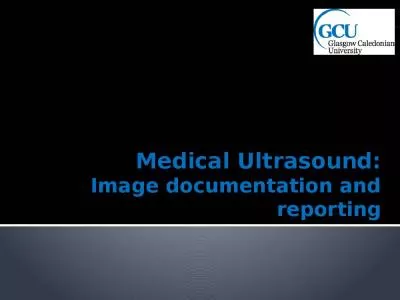PPT-Ultrasound Imaging Capability for
Author : aaron | Published Date : 2017-05-16
Otologic Surgical Drills Julianna Ianni Meher Juttukonda David Morris Advisor Dr Jadrien Young MD What is Otologic Surgery Surgery of the ear Mastoidectomy Mastoid
Presentation Embed Code
Download Presentation
Download Presentation The PPT/PDF document "Ultrasound Imaging Capability for" is the property of its rightful owner. Permission is granted to download and print the materials on this website for personal, non-commercial use only, and to display it on your personal computer provided you do not modify the materials and that you retain all copyright notices contained in the materials. By downloading content from our website, you accept the terms of this agreement.
Ultrasound Imaging Capability for: Transcript
Download Rules Of Document
"Ultrasound Imaging Capability for"The content belongs to its owner. You may download and print it for personal use, without modification, and keep all copyright notices. By downloading, you agree to these terms.
Related Documents

